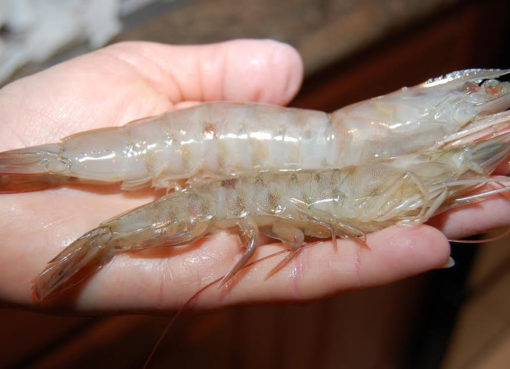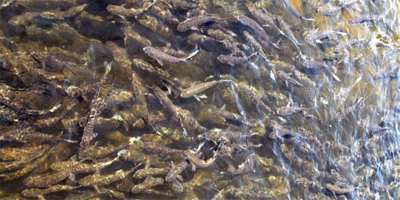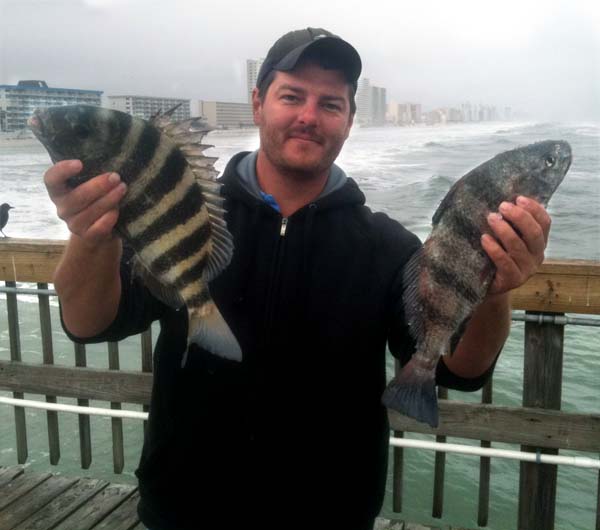
Anybody who has ever driven through South Florida knows that many of the roads are lined with canals. Most of the canals are connected to the ocean on one end and the everglades on the other. Because of these connections, these canals, while often not wider than 20 feet, can hold massive amounts of fish, both fresh and saltwater.
These canals can be found in most parts of South Florida but the most productive ones are found in certain areas. The canals that line Highway 41 across the everglades are very long and also very productive. Closer to the coast, running along many public roads are many salt water canals that host quite a variety of marine species.
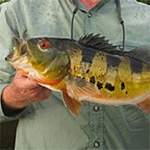
The farther inland the canals are the less likely they are to hold saltwater species. The Highway 41 canals are packed with Sunfish, Largemouth Bass and some Peacock Bass. Closer to the ocean you will find a mixed bag of freshwater and saltwater species. The full saltwater canals will hold Snook, Tarpon, Redfish, Mangrove Snapper and many other popular species.
Canal Fishing Basics
Gear:
A typical canal outfit is a spinning reel on a 7' rod with 10-15lb braided line with a 3-5 foot long 15lb fluorocarbon leader. A comparable bait casting set up is also frequently used. While some of the snook and Peacock Bass can get quite large in the canals, it is important to keep the line viability to a minimum as these canals can often have high viability and are not very large.
Lures:
Most lures that are successful for large mouth bass and snook will work wonders in these canals. Most species that are targeted in the canals will readily accept these lures. Durring the early hours of the day and the last hour or 2 before sunset, top waters work very well, while the rest of the day soft plastics and jigs of all sorts work great. Here are a few suggestions:
Techniques:
The tactics used for fishing South Florida canals vary by time of year and water temperature, but the basic idea is to cover as much ground as possible. When using artificial lures cast at about a 30 degree angle towards the far bank and work the lure the entire distance (in a canal, the entire canal is a potential strike zone). The speed of the presentation will vary based on water temperatures. If the water temperature is very low or very hot, a slow methodical approach is best. When the temperatures are more moderate a more rapid approach can produce great numbers.
Live bait will work very well in the canals. Using a popping cork with a live shrimp bellow it in areas that hold saltwater fish is a very effective presentation. In freshwater areas a medium shiner under a float will attract both type of Bass.
When fishing brackish waters, the great news is that both types of bass, snook, tarpon and sea trout are frequently caught using the same lures and same techniques. In general, all theses types of fish are predators that will attack the same types of lures / baits and one species can often be caught on a cast directly after catching another.
A note about Fishing Licences:
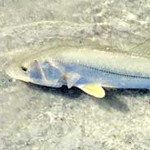 In The State of Florida it does not matter what type of water you are fishing in, it matters what type of fish you are catching. If you catch a redfish in freshwater, to keep it you must have a saltwater licence. The most simple way to remain legal is to buy a licence that covers both Fresh and Saltwater!
In The State of Florida it does not matter what type of water you are fishing in, it matters what type of fish you are catching. If you catch a redfish in freshwater, to keep it you must have a saltwater licence. The most simple way to remain legal is to buy a licence that covers both Fresh and Saltwater!
Tips and Tricks
- Cast as far as you can parallel to the bank you are on and lean your rod over the canal, this will keep the lure a few feet off the bank and can lead to a lot of strikes.
- Most lures that will catch Bass will also catch Redfish, Trout, Snook and Small Tarpon
- Make sure the area you are fishing is public property or that you have permission to fish private land
- A single rod with a pack around your waist is a lightweight set up to help cover the most ground, and catch the most fish!



